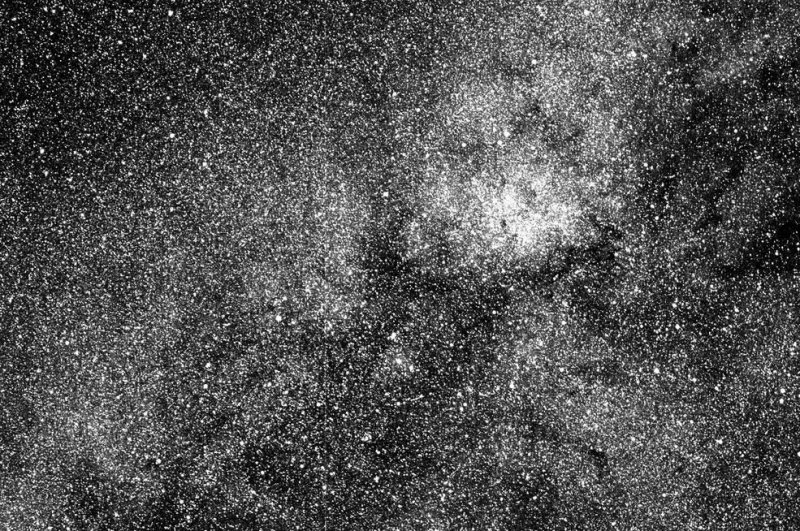TESS's first test image features more than 2,000 stars. The amount the sky to be surveyed by TESS during its two-year mission will total more than 400 times the expanse featured in the test image. Photo by NASA/MIT/TESS
May 18 (UPI) -- TESS, or the Transiting Exoplanet Survey Satellite, NASA's next-generation planet hunter, snapped a picture of the stars as it swung within 5,000 miles of the moon on Thursday, using the moon's gravity to fling itself toward its final orbit.
With the feat, the spacecraft moved closer to the beginning of its scientific mission: photographing transiting exoplanets.
The two-second test exposure, captured on Thursday, suggests the planet hunter's cameras are working properly. The plethora of stars in the image -- at least 2,000 of them -- showcases the broad perspective provided by TESS's four cameras. At the center of the image lies the southern constellation Centaurus.
While TESS's scientific mission is largely the same as NASA's veteran planet hunter Kepler's -- to take images of exoplanets -- the new probe will use a different approach. Whereas Kepler focused on small fields of view for long periods of time, TESS will take a wider, more comprehensive view.
"TESS is designed to image almost all of the night sky -- using four wide-angle cameras," Natalia Guerrero, an MIT scientist and researcher on the TESS mission, told UPI earlier this year.
To enter its final orbit -- a high Earth orbit that will offer the probe uninterrupted views of the night sky -- TESS will require one more boost from its thruster. The thruster burn will take place on May 30.
By mid-June, scientists expect the spacecraft to have stabilized its orbit and completed additional camera tests. The probe's scientific mission will begin shortly thereafter.















